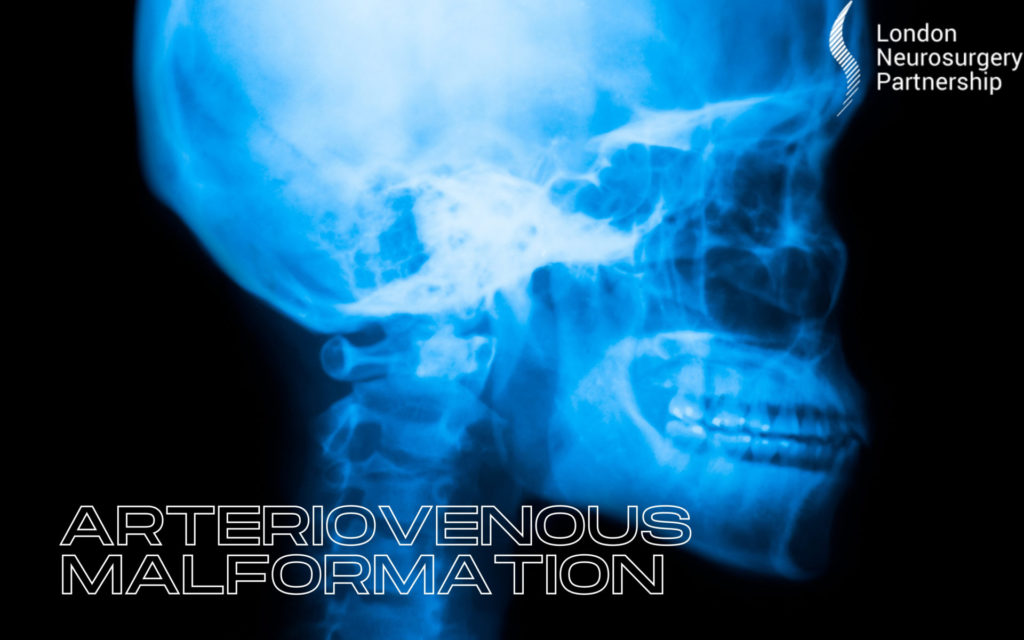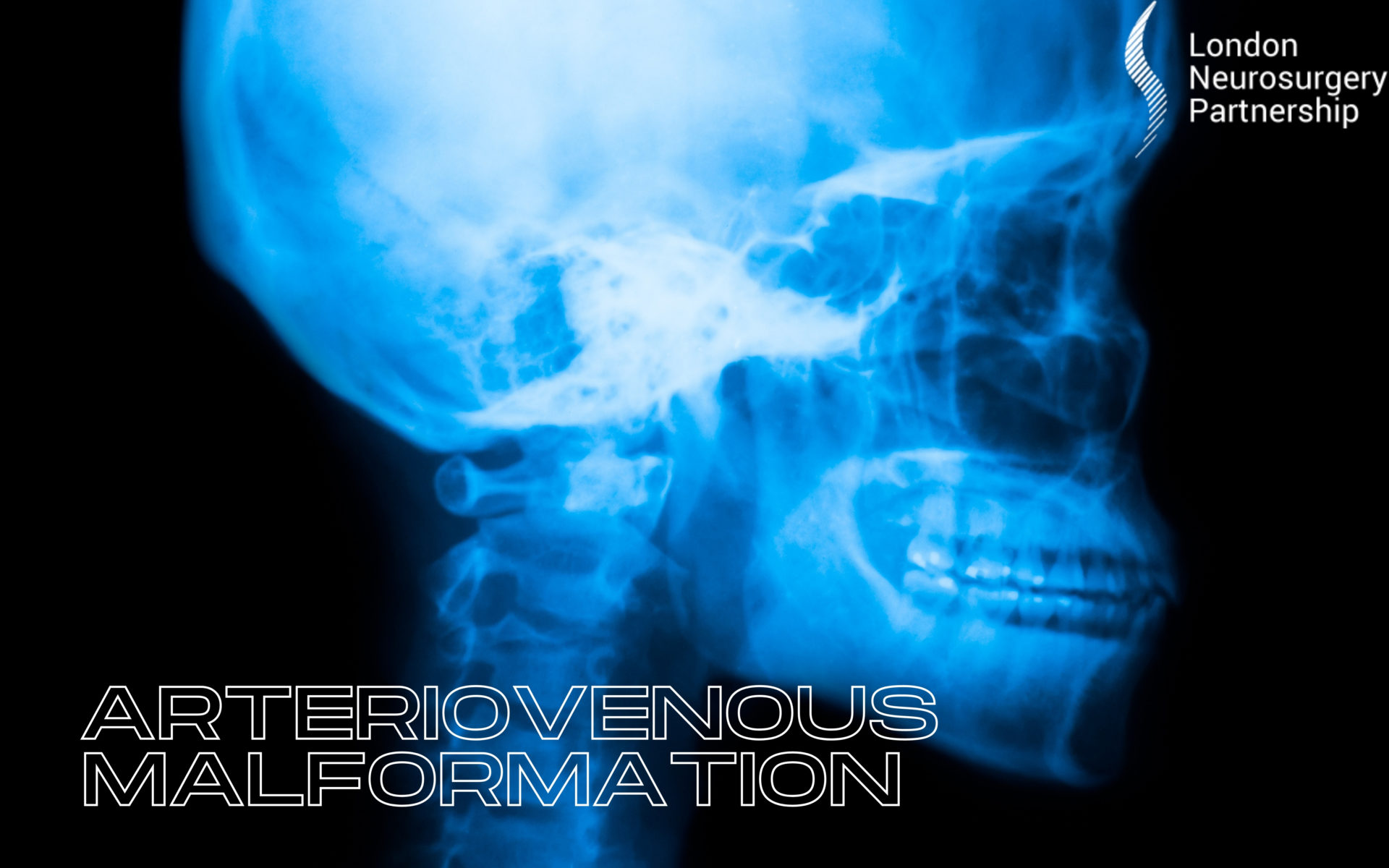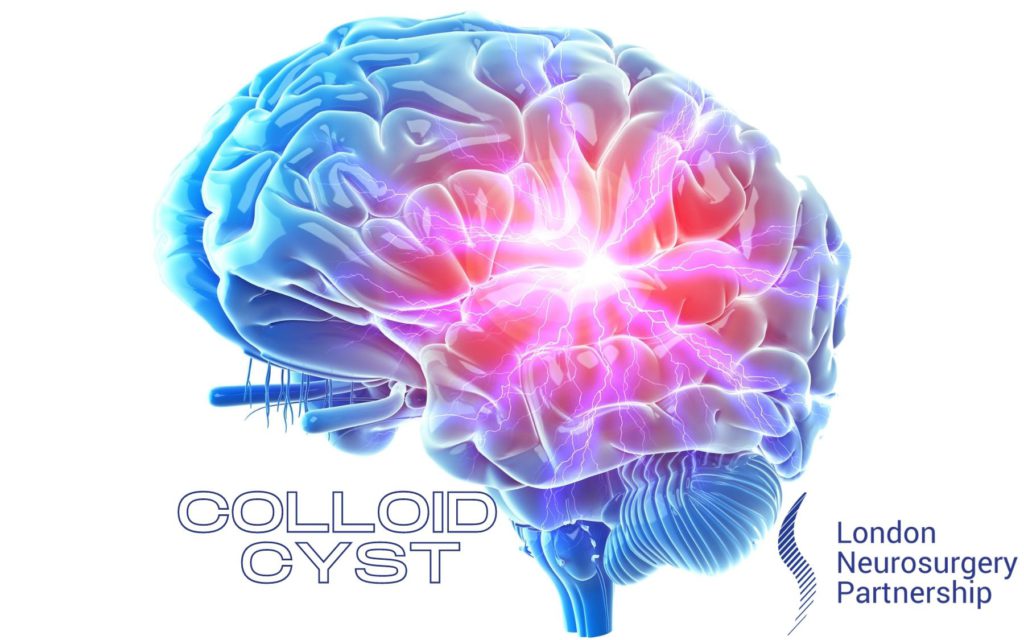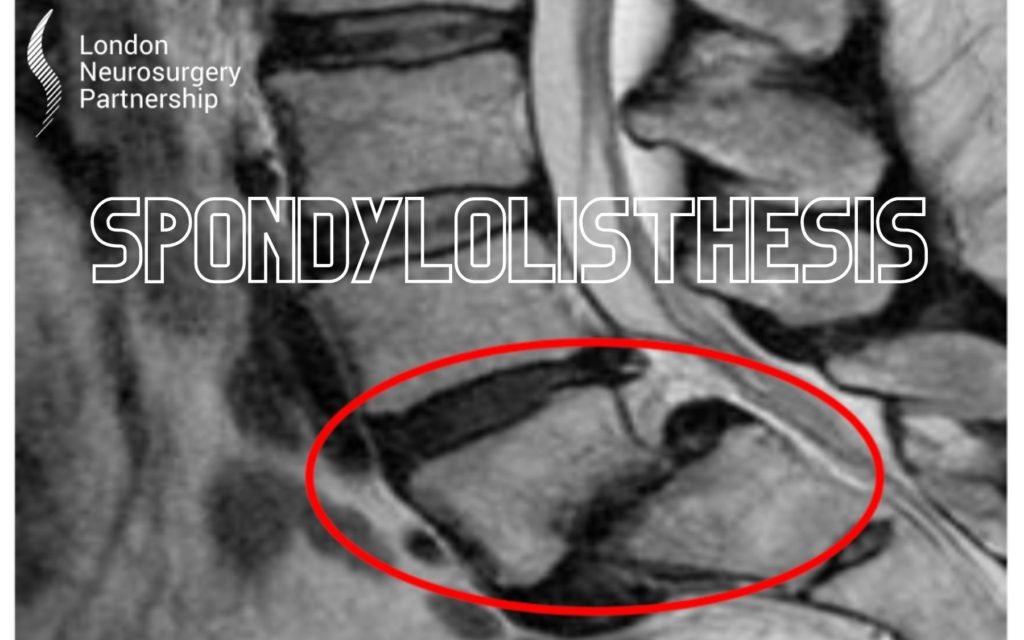
Brain arteriovenous malformation
A brain arteriovenous malformation AVM occurs when there is an abnormal tangle of blood vessels to arteries and veins in the brain. All around the body, the veins are responsible for taking deoxygenated blood to the lungs and heart, while arteries take oxygenated blood around the body; if you have an AVM this process will be disrupted.
A brain arteriovenous malformation is an extremely rare condition, affecting less than 1% of the world’s population. The exact cause of a brain AVM is unknown. Most patients will have it from birth, however, in rare cases, it can develop later in life.
Often people will go without any symptoms of an AVM until they have a brain haemorrhage. Others can experience symptoms, which will usually become present between the ages of 10-40. This can include:
- Seizures
- Pain in one area of the brain or headaches
- Weakness or numbness in one part of the body
- Vision loss
- Difficulty communicating (speaking and understanding)
- Unsteadiness
To diagnose a brain AVM you will be assessed by a neurosurgeon. During the examination, they will ask about your symptoms, look at your medical history and most likely refer you for some tests. This can include:
- CT scan
- MRI scan
- Cerebral arteriography
Once you have a clear diagnosis they will talk through the different treatment options. This can include:
- Surgical removal
- Endovascular embolization
- Radiosurgery
Spinal Arteriovenous Malformation
A spinal arteriovenous malformation is an abnormal tangle of blood vessels in or around the spinal cord. This is an extremely rare condition; however, it is important that it is treated as it can cause long-lasting damage to the spinal cord if left.
There is no known cause of spinal AVM, however, it will usually be present at birth (congenital).
Similar to a brain AVM, spinal AVM’s can first be noticed when there is a haemorrhage (bleed on the spine). Other patients can experience symptoms such as:
- Difficulty walking and/or climbing
- Pain in the legs (numbness or tingling)
- Weakness in all or part of the body
- Severe back pain or neck pain/stiffness
- Bladder or bowel dysfunction
- Loss of sensation in the lower limbs
Similar to a brain AVM, to Diagnose a spinal AVM you will assessed by a neurosurgeon. They will ask about your symptoms and medical history. To help with the diagnosis they can refer you for further tests including:
- MRI
- Angiography
Some of the treatment options include:
- Surgical removal
- Endovascular embolization
- Radiosurgery
if you would like more information on AVM, Mr Christos Tolias is a super-specialist who has an active practice for patients diagnosed with AVM, please contact our office to make an appointment.
This article is intended to inform and give insight but not treat, diagnose or replace the advice of a doctor. Always seek medical advice with any questions regarding a medical condition.






0 Comments